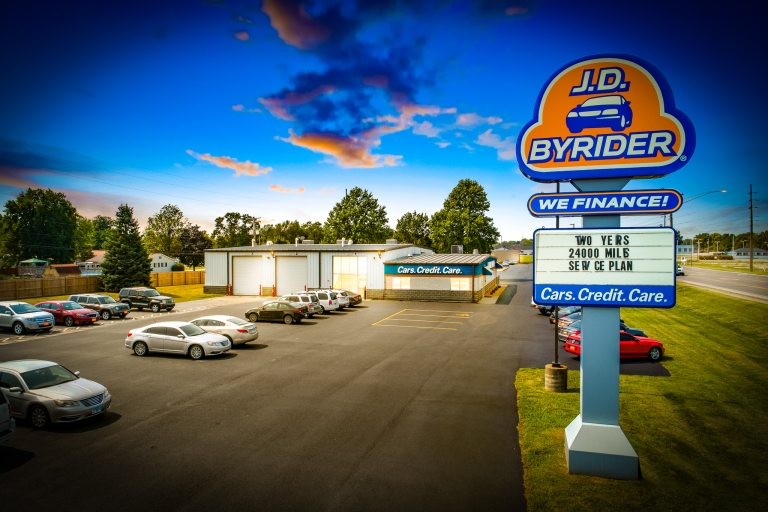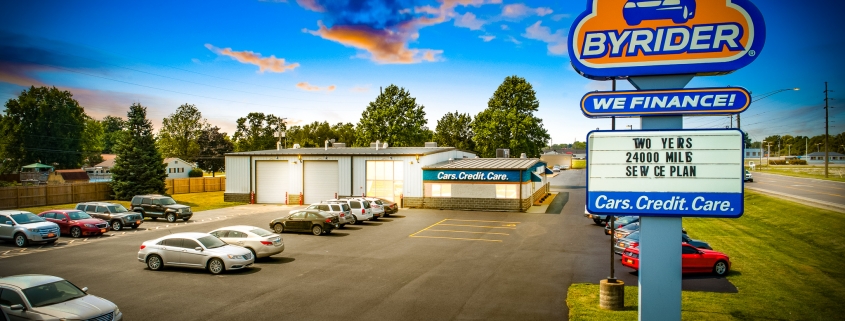
Understanding Sale Leasebacks in Commercial Real Estate Transactions
Some investors need unique ways to finance an investment. Conventional loans, bridge loans, Small Business Administration (SBA loans), and even some other alternatives that many investors aren’t even aware of. Some of these options are a great way for investors to diversify and grow their portfolio while getting rid of properties that may not serve them anymore but keep the businesses that do.
As commercial property investors look for financing options for their investment opportunities, there are some obvious and not so obvious options. One of the options that many investors are not aware of is called a sale leaseback transaction. A sale leaseback option improves cash flow without interrupting daily operations. It is a financial agreement where a seller of the commercial property is able to pay lease payments for the property from the buyer as soon as the sale is finalized.
Many sale leaseback transactions are done when an investor tries to free up capital by untying cash in an investment without getting rid of the income-generating resource attached to it. Let’s take a closer look at sale leasebacks and some of the pros and cons associated with them for both buyers and sellers.
What is the Purpose of a Sale Leaseback?
A sale leaseback transaction is when a real estate property owner (whether commercial or residential) sells that property to an investor who leases it back. A sale leaseback can be a popular financing option for commercial tenants to finance expansions. They are most often used in commercial real estate with multifamily properties, office buildings, and retail properties, among other property types.
Sale leasebacks provide economic incentive to both parties involved in the transaction. The seller sells the property to the buyer and then leases it back, typically over a long-term lease agreement.
What is a Sale Leaseback Strategy?
Sale leasebacks can be an excellent strategy for investors who want to maintain the revenue-building business without owning the property that houses it. It allows an investor to hang on to the business itself while leasing the property, freeing up capital that is tied up in a real estate investment. Most often, the buyer is a leasing company who will allow you to lease the property back, but other times it is other investors leasing the property back to the seller.
This strategy improves cash flow for the seller. When you need to have working capital immediately, a sale leaseback lets you get the cash you need to operate and the equipment you need to get the work done.
Is a Sale Leaseback a Good Idea?
A sale leaseback arrangement can be a good idea for investors in need of cash flow and capital quickly. They are often a great way for certain investors to quickly and easily make a sale of their property so they can move on to other projects while giving them the ability to hold on to the business housed in the property.
The Pros and Cons of Sale Leasebacks
As with anything in life, there are pros and cons to a typical sale leaseback, for both the seller and the buyer. The seller becomes the lessee, and the buyer becomes the lessor. This means they both have several things to consider when making a decision to enter into this sale leaseback agreement. Here are several pros and cons that buyers and sellers need to consider with a sale leaseback transaction for commercial real estate.
Pros of a Sale Leaseback
- Cash Flow: The sale leaseback will allow the buyer to collect rental income from the seller lessee, who maintains their business operations in that facility. It can help to strengthen the cash flow of the buyer.
- Benefits of Ownership: Once the buyer owns the property, they receive benefits of the asset after the lease term ends. If and when the lease term ends, they can lease the property to another tenant, potentially increasing the rent and their income.
- Raising Capital: The seller can quickly collect the proceeds, which often increases the buyer’s liquidity and frees up available cash. The seller can use this money for other purposes but can still retain the use of the asset.
- Effective and Easy Financing: The seller’s all-in costs are lower than other financing options in most scenarios. It can be the lowest cost alternative for many companies.
- Higher Sales Price: Many times, commercial property sale leasebacks get a higher sale price than vacant properties might. It can also give the seller some room to negotiate in the lease structure and rates.
- No Financial Covenants: Sales leasebacks tend not to have restrictive covenants for the seller lessee.
Cons of a Sale Leaseback
- Market Risk: The property’s value might decrease more quickly.
- Balance Sheet: It can be unlikely that the seller lessee can carry the lease off-balance sheet because they are often too long of a lease. The only off-balance sheet leases allowed these days are short-term leases of less than a year.
- Price: There may be certain characteristics of the property that are not ideal and prevent the optimum sale price. Poor market conditions can also hurt the sale price.
Once investors on both sides of the transaction have reviewed the pros and cons, if they have decided to move forward with the commercial leaseback agreement, it’s time to talk terms. Investors can often come to win-win terms for buyers and sellers, and some of the terms that a sale and leaseback agreement might involve include:
- 10-, 15-, or 20-year lease terms for sale and leaseback (shorter if needed by either or both parties)
- Annual rent increases of potentially 1 to 2 percent
- Possible sublease opportunities for sale and leaseback
Is a Sale Leaseback a Loan?
Sale leaseback transactions are not a loan and are not treated like a loan. It’s a real estate transaction that helps free up capital for an investor. This sale leaseback is a financial and real estate transaction, as opposed to any type of loan. It involves a sale of a property, then the subsequent leasing of the property to the previous owner so that owner can continue to run a business out of the property.
Work with Experienced Professionals for Sale Leasebacks
When an investor is looking to enter into a sale leaseback transaction agreement for a property they currently own, then they need to find a qualified real estate broker to help with the process. A sale leaseback transaction can seem complicated and overwhelming. Not only is there the sale of the property to handle, but there are lease terms to negotiate to retain access to the building for that side of your business. For investors looking to use a sale leaseback strategy in a future commercial real estate transaction, Sands Investment Group can help you every step of the way.
If you are selling a property you want to lease back, Sands Investment Group can help you find the right buyer, negotiate the terms of the sale and of the lease, and help you get closer to your investment goals in the process. We succeed when you succeed, so we want to find you exactly what you need to get on to your next project or investment. To learn how we can support your next sale leaseback, call 844.4.SIG.NNN or contact us through our website.
By submitting your information and signing up for email updates, you agree to SIG Online Terms of Use

